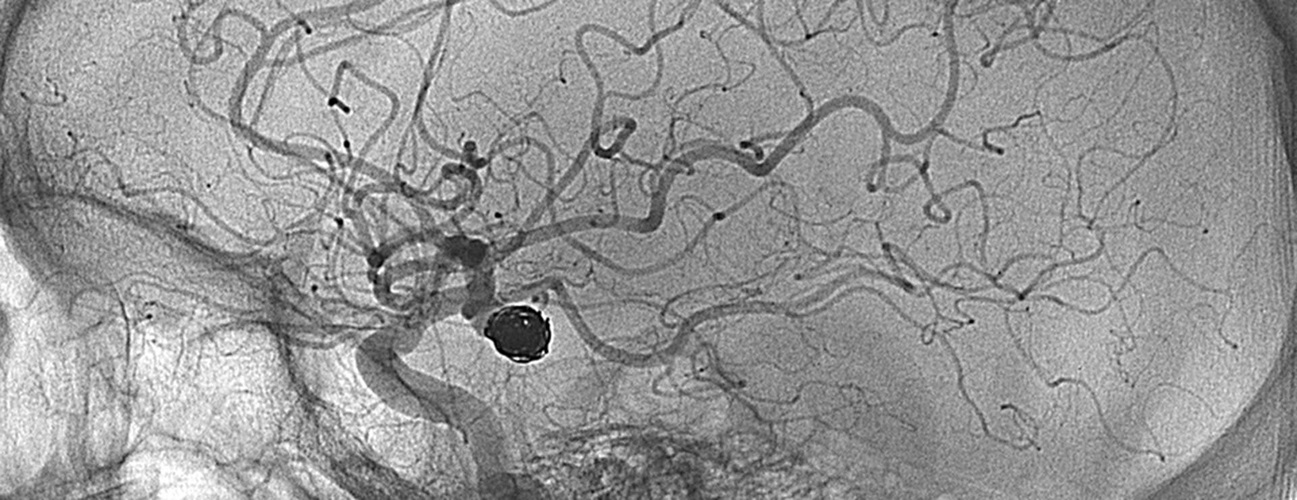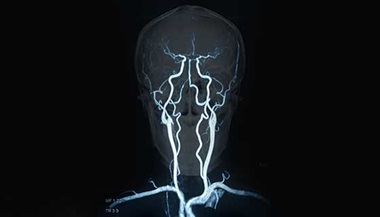Brain Aneurysm: Q&A with an Expert
Featured Expert:
If you or someone you love has been diagnosed with a brain aneurysm you probably want to learn more about brain aneurysm basics. Johns Hopkins neurosurgeon Rafael Tamargo, M.D., answers five common questions.
What is a brain aneurysm?
When a section of one of the brain's blood vessels bulges or balloons, it's called an aneurysm. The size and shape of an aneurysm can vary. Doctors consider these and other factors when determining whether — and how — to treat you. Doctors consider key aneurysm characteristics when deciding how much of a threat an aneurysm poses to your health.
What's the difference between a ruptured and unruptured aneurysm?
A ruptured aneurysm, sometimes called a brain bleed, is when blood breaks through the aneurysm's wall and starts bleeding. This causes severe symptoms, such as a very painful headache like you've never felt before, and requires immediate medical care. With rapid, expert treatment, patients can often recover fully.
Once a brain aneurysm bleeds, or ruptures, it requires immediate medical care in a medical center designed to handle emergencies. If you think you are experiencing a ruptured brain aneurysm, dial 911 immediately.
An unruptured brain aneurysm may cause no symptoms. People can live with them for years before detection. If a brain aneurysm is unruptured, no blood has broken through the blood vessel walls.
For unruptured brain aneurysms, doctors will treat aneurysms that are more likely to bleed and leave certain others alone.
What does an aneurysm look like?
Under a surgical microscope, an aneurysm looks like a bubble or blister in a blood vessel. Healthy, surrounding arteries have a pinkish color. The aneurysm looks more reddish, because of a defect in the middle layer of its muscle wall. Most aneurysms take one of two general shapes:
Saccular aneurysms, also called berry aneurysms, have a rounded shape that extends from one side of a vessel wall. This type makes up the majority of brain aneurysms diagnosed today.
Fusiform aneurysms are also called "spindle-shaped." These look like a snake that swallowed a rat, with ballooning on both sides instead of one. Unlike saccular, these aneurysms tend to form outside the brain and can develop in blood vessels in many different parts of the body.
What causes a brain aneurysm?
There are two key factors that can cause aneurysm development:
Genetics: Doctors believe some patients are born with a defect in their blood vessels' middle layer of tissue. This layer provides strength and stability to a healthy blood vessel. If the layer is missing or defective, that can increase the risk of developing an aneurysm.
Lifestyle: Over the years, the pounding of blood through a flawed vessel can cause an aneurysm to develop. However, certain conditions further increase a person's risk for developing an aneurysm, including:
- Hypertension, or high blood pressure
- Inflammation in the body
- Tobacco smoking







